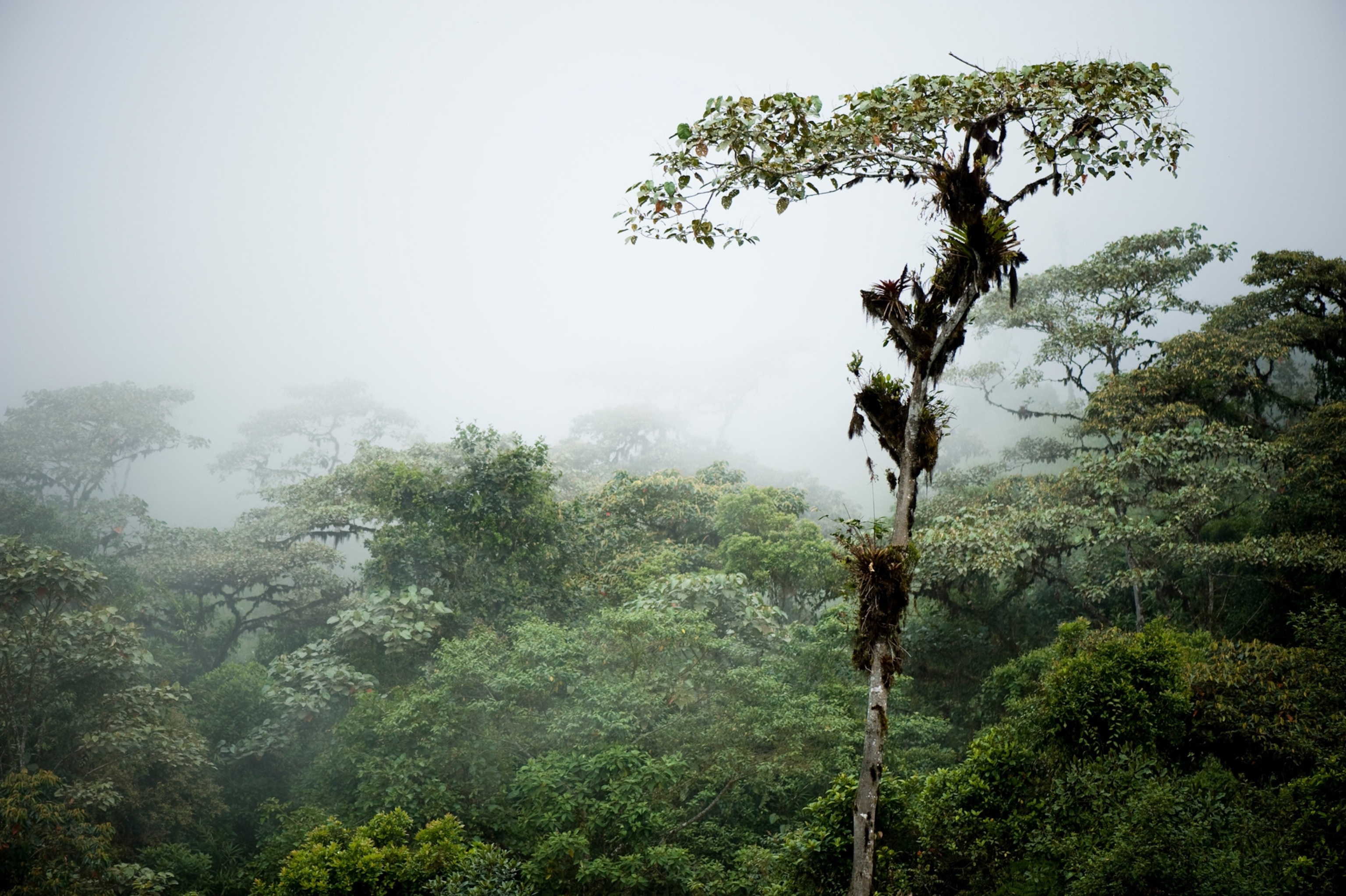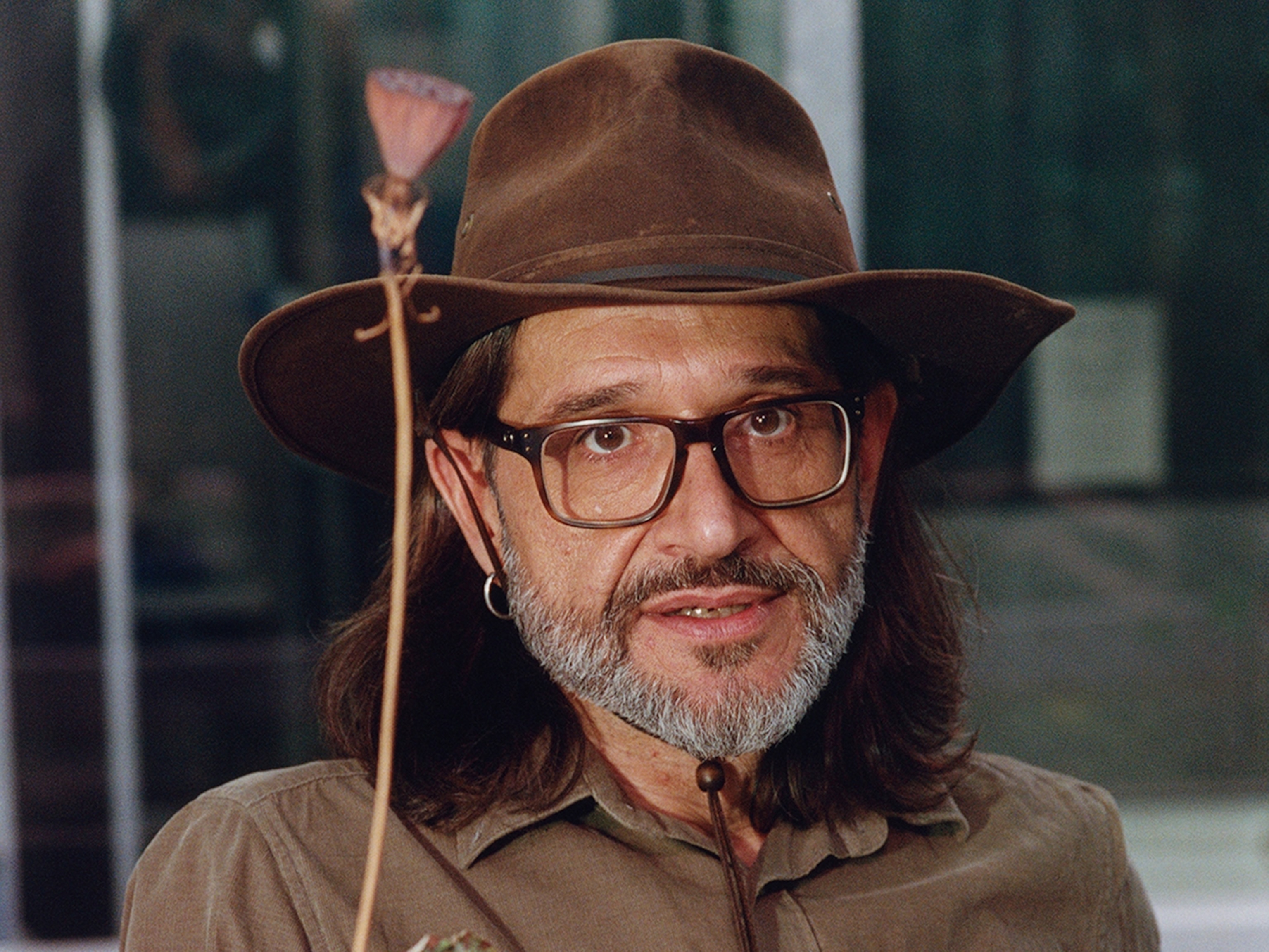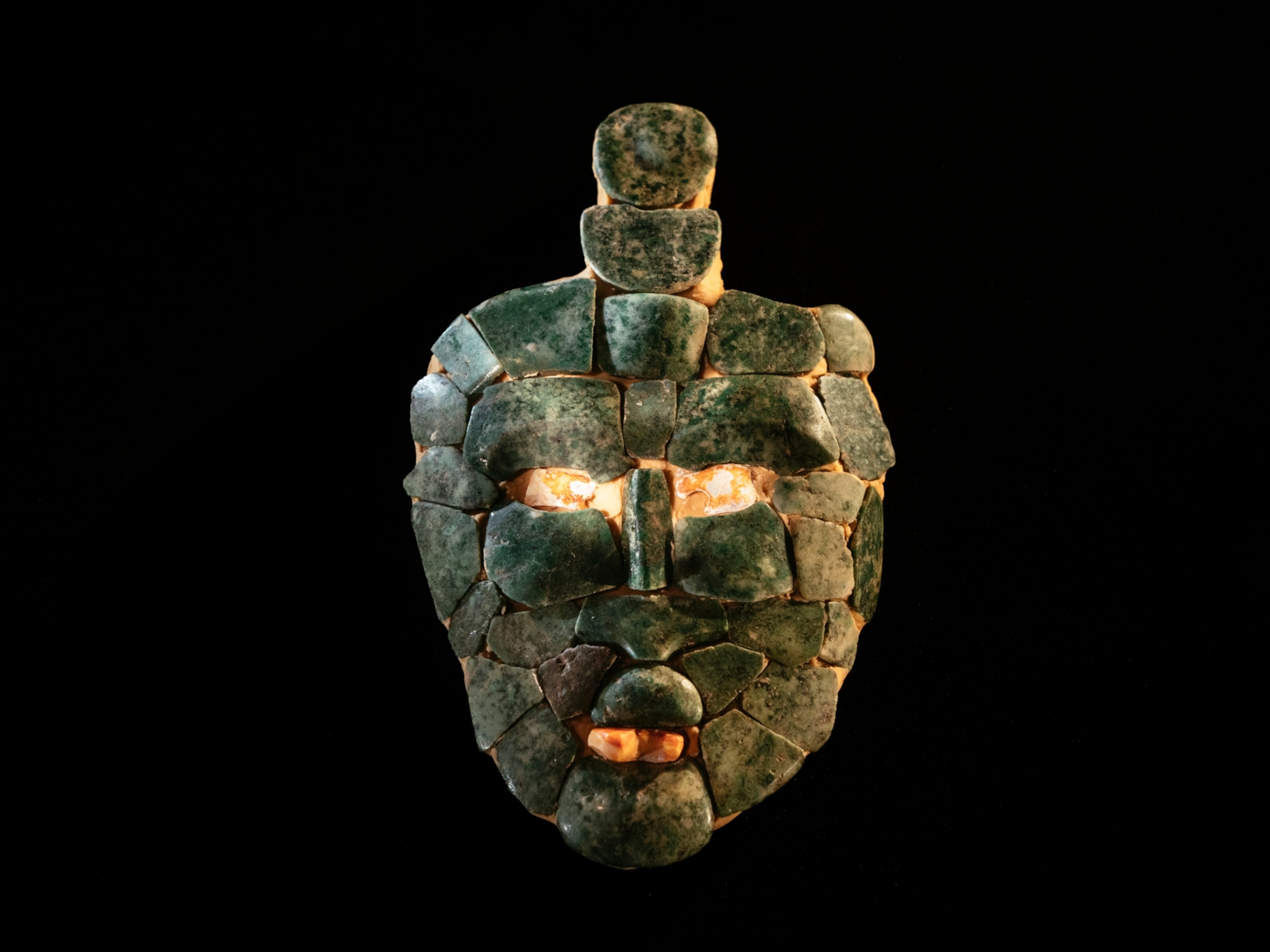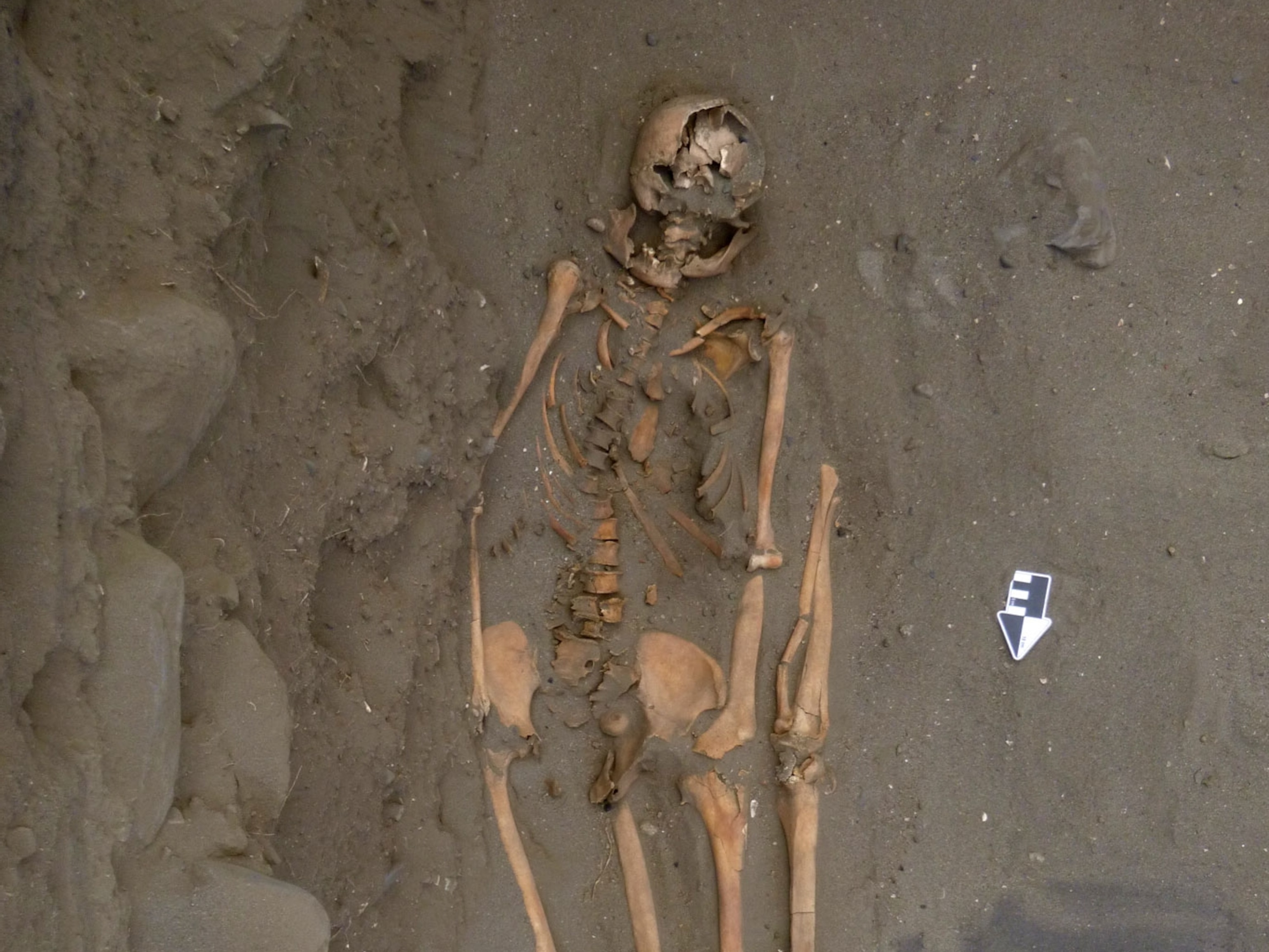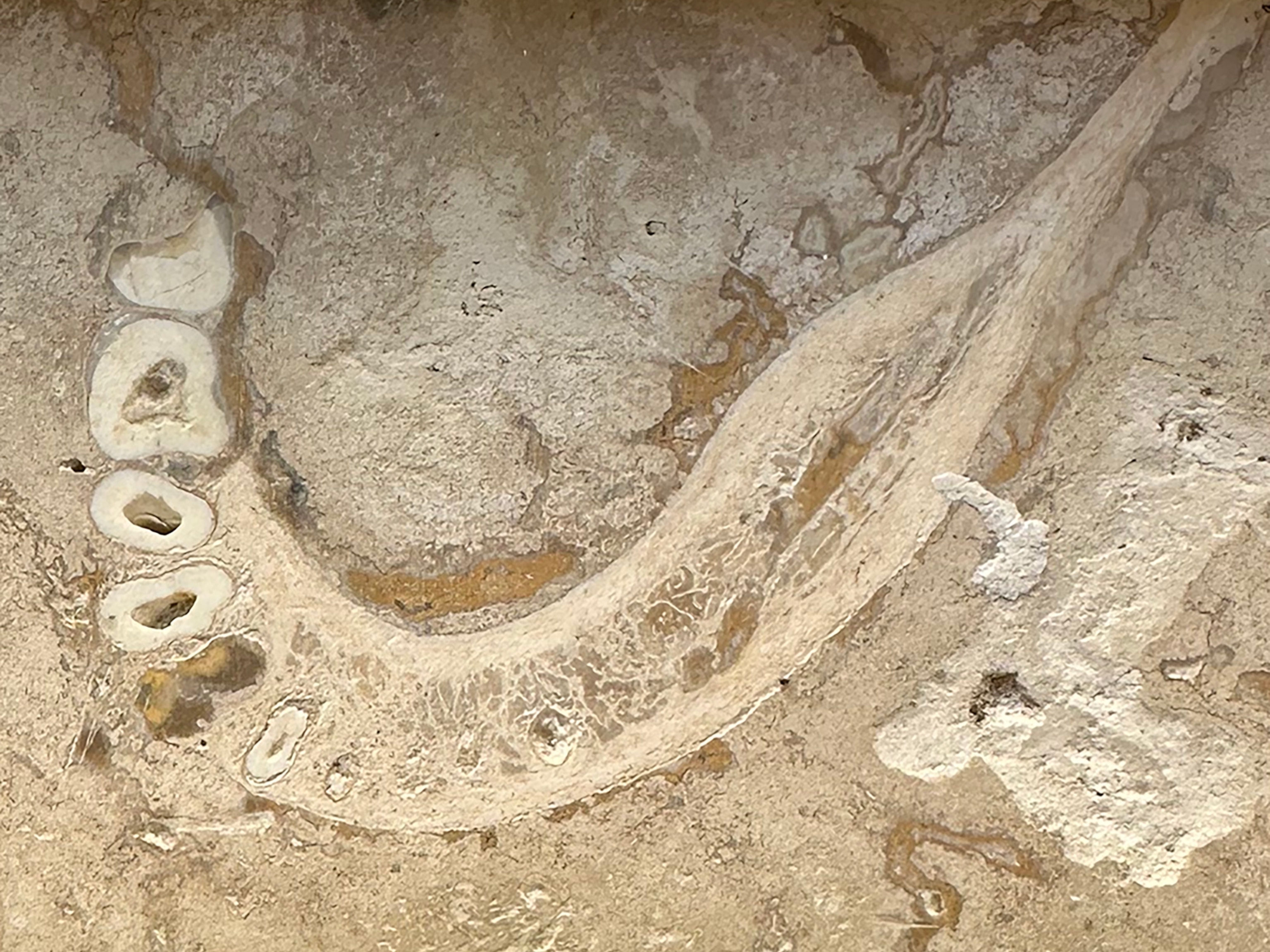In the 1850s, a team of botanists venturing into the cloud forest in the Quijos Valley of eastern Ecuador hacked their way through vegetation so thick they could barely make their way forward. This, they thought, was the heart of the pristine forest, a place where people had never gone.
But they were very wrong. Indigenous Quijo groups had developed sophisticated agricultural settlements across the region, settlements that had been decimated with the arrival of Spanish explorers in the 1500s. In their absence, the forest sprung back. This process of societal collapse and forest reclamation is described in a new study published today in Nature Ecology and Evolution.
Linking Amazon and Andes
The Quijos Valley lies in one of the most biodiverse cloud forests in the world, along a pre-Columbian trade route that linked the rich Amazonian lowlands with the high Andes. Thousands of people lived there centuries before the Spanish arrived, farming maize, squash, beans, and even passionfruit in poor soil of the valley floor. [Learn about how cloud forests are drying up today].
The study's researchers found a tiny lake in the valley and dug down into the silt at the bottom, pulling up a plug of sediment that had built up over the last 1000 years—and found evidence of human occupation going back to the very oldest part of the core.
In the oldest layers, scientists found tiny pieces of pollen—swept from the valley and the surrounding forest into the lake by wind—from maize and other plants that only grow in open, airy conditions, which told them that humans were cultivating plants on the valley floor. They also found plenty of charcoal bits, indications that people had lit fires nearby.
When the Spanish arrived in the 1540s, they wreaked havoc on the indigenous Quijos, killing many and conscripting others to brutal forced labor. The Quijos revolted, but by 1578 most of them had been killed or driven away, and the Spanish eventually retreated out of the valley.
“Possibly one of the worst tragedies in human histories occurred during this period,” says Nick Loughlin, the lead author of the study, as millions of indigenous people across the region died after the arrival of European colonizers. And the new record captures the exact moment when a thriving culture disappeared.
The lake sediments record both the fighting and the eerie emptiness that followed. Big chunks of charcoal fleck the mud during the height of the conflict. And after the valley was abandoned, the pollen flecks that show what’s growing in the area changed quickly and dramatically.
“In the wake of that, the land fallows,” explains Mark Bush, an ecologist at the Florida Institute of Technology who was not involved in the study, because “when you stop cultivating the earth, the forest just encroaches back in.” First grass creeps over abandoned agricultural land. And then the forest starts staking its claim.
The Return of the Forest
Human signs disappear completely for the next 130 years, as the cloud forest bursts back into being. Pollens from different trees—the ones that are known to grow fast and first, and then the ones that grow slow and long—show up in steady succession until the forest reclaimed the valley completely.
By the early 1800s, humans returned to the valley. The lake sediments showed Loughlin and his colleagues exactly when they showed up, and exactly what they did to the landscape--changing the mosaic of trees ever so slightly and grazing large animals in the valley.
When the next round of European explorers passed through in the 1850s and 60s, they saw only forest so dense they imagined it had always been untrammeled. But what they saw, Loughlin says, was something that already shifted away from fully “pristine."
“You can see where the explorers might have gotten the impression of pristine forest,” says Andrea Cuéllar, an anthropologist at the University of Lethbridge in Alberta, who studies the cultural and agricultural history of the Quijos but was not involved in this study. “These areas are amazingly exuberant, and you say as you look at it: if this is not real forest, then what is?”
Estanislao Pazmiño, also an anthropologist at the University of Lethbridge, agrees that this new record clearly shows the capacity of these forests to recover after they’ve been influenced by humans. But he doubts that the valley could recover in the same way today. Now, the valley floor is heavily grazed, its soil depleted and the surrounding forest far from pristine. “The technology the pre-Colombian indigenous used was much less harmful than what’s used today,” he says.
